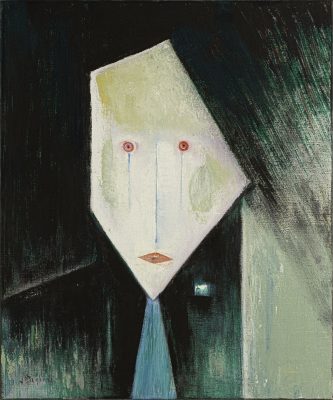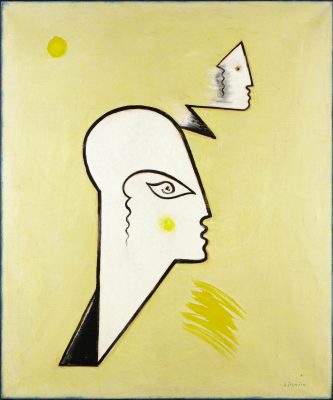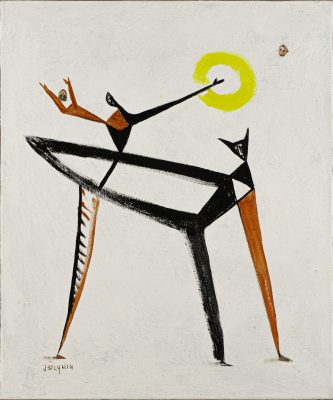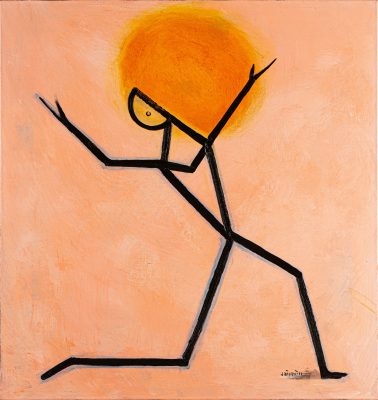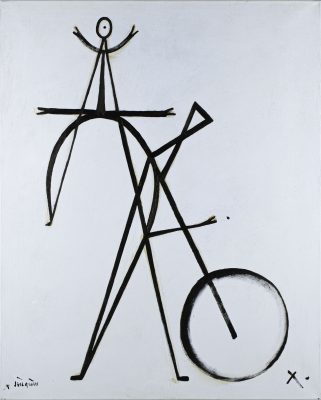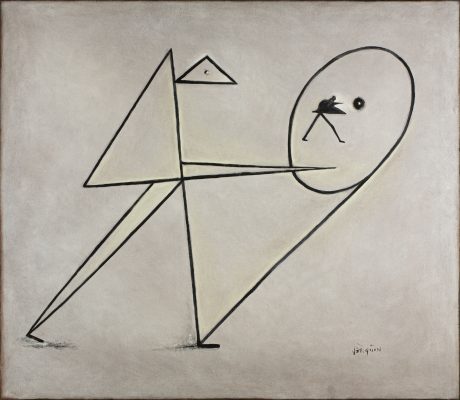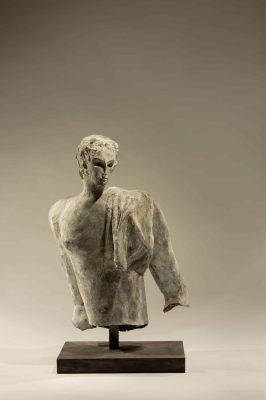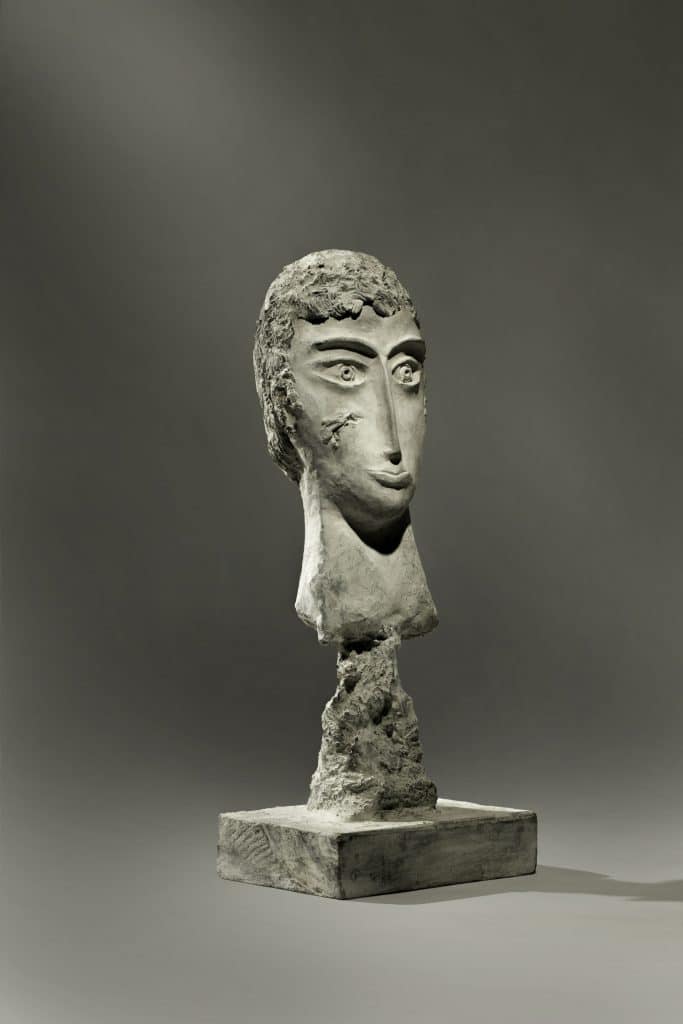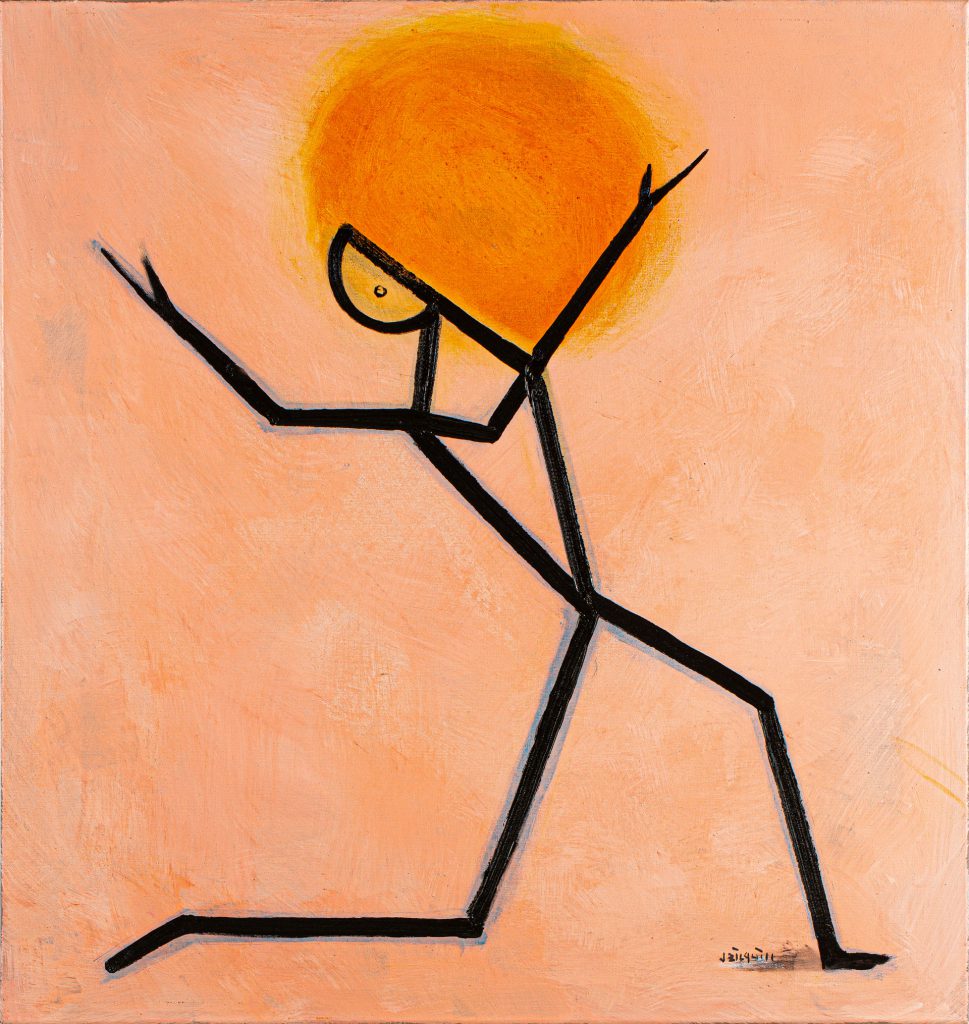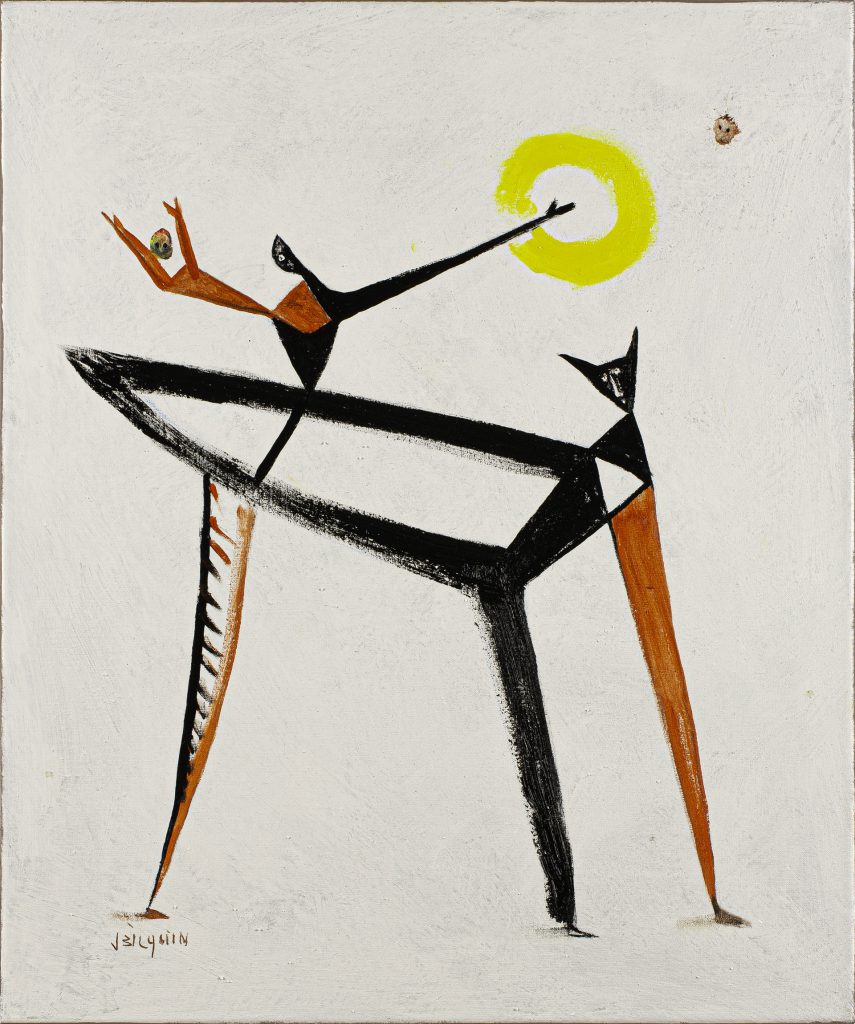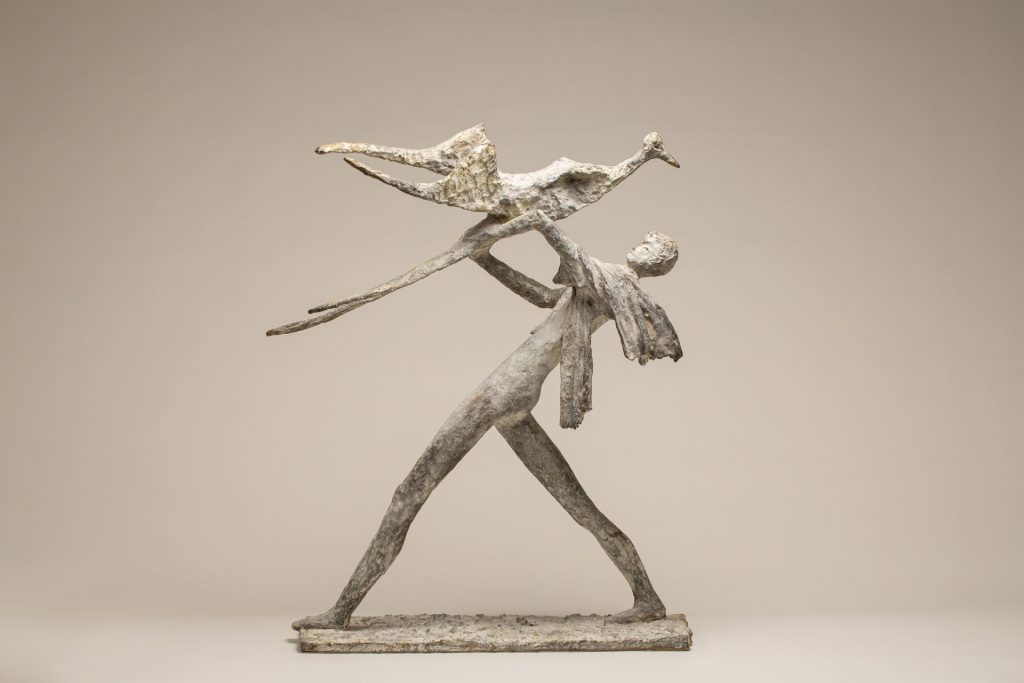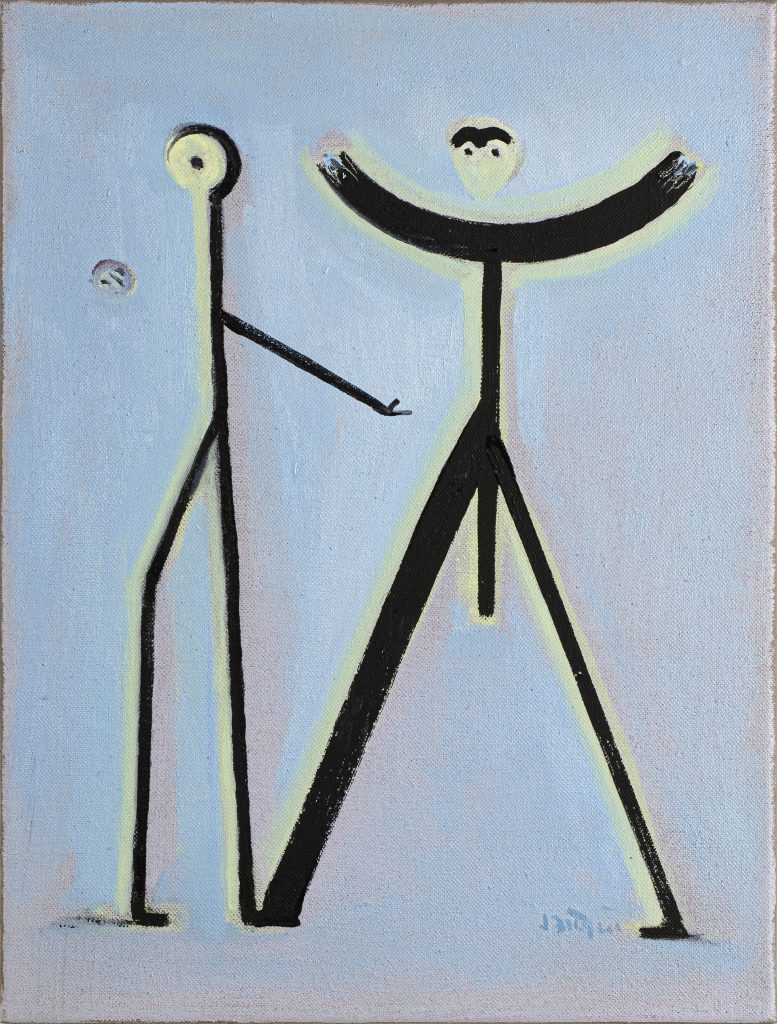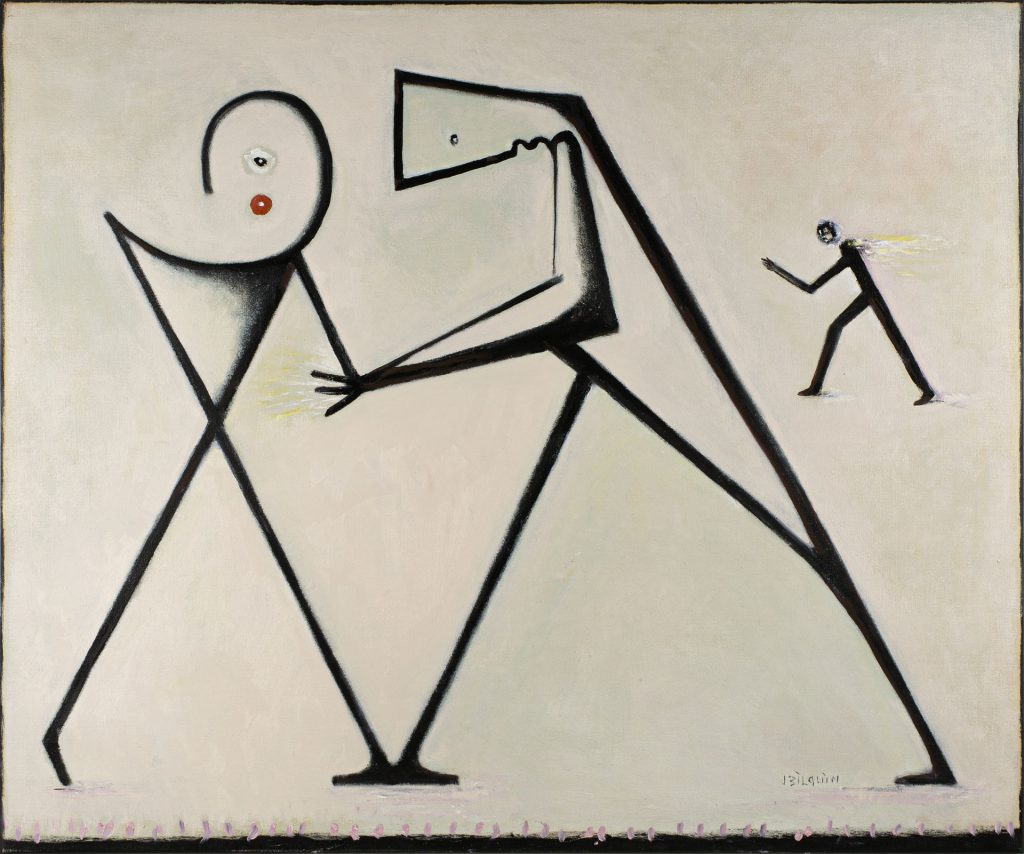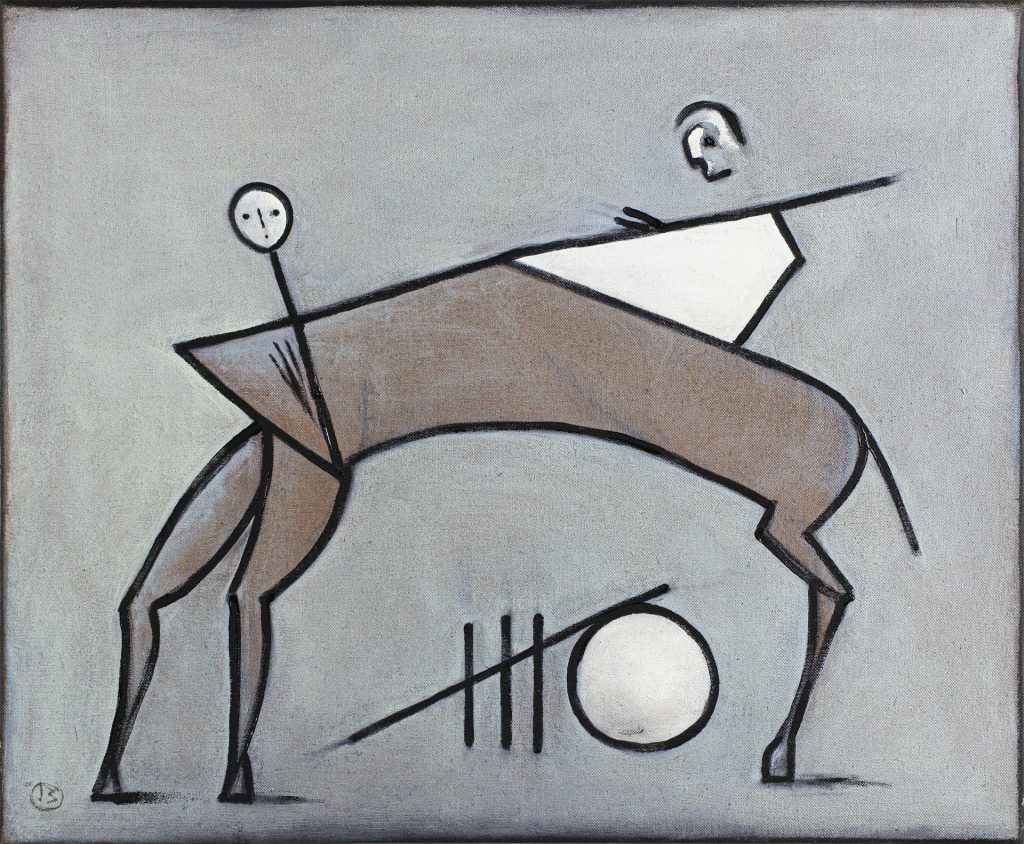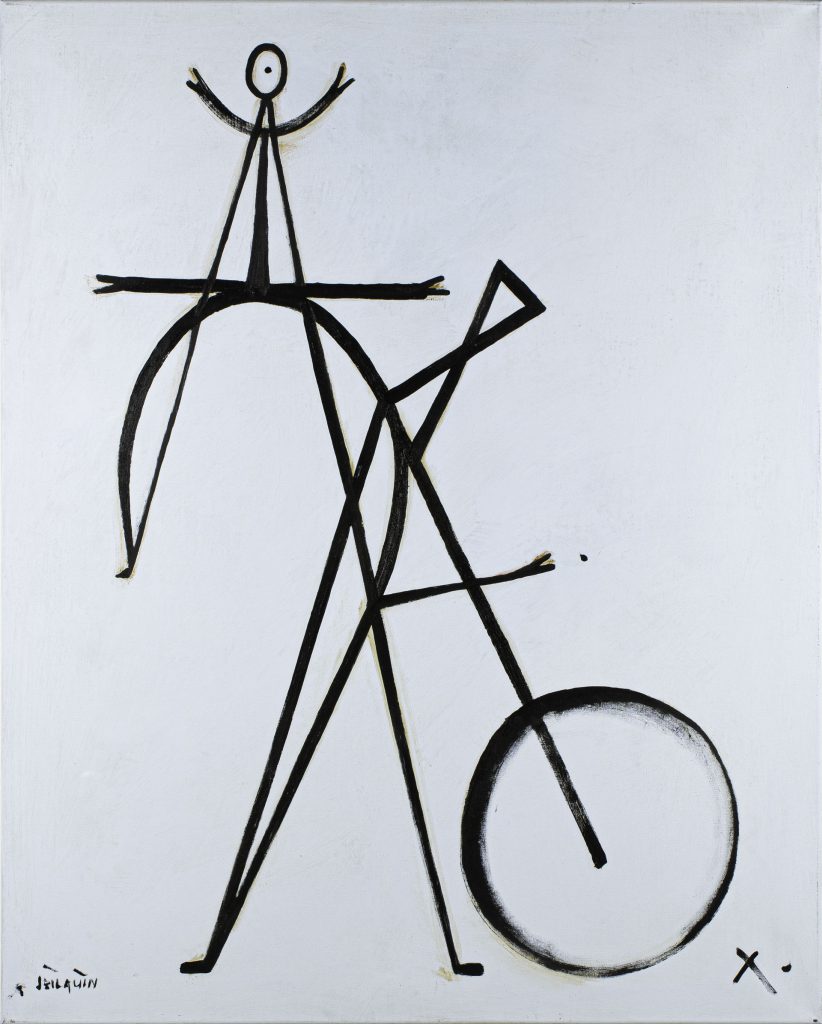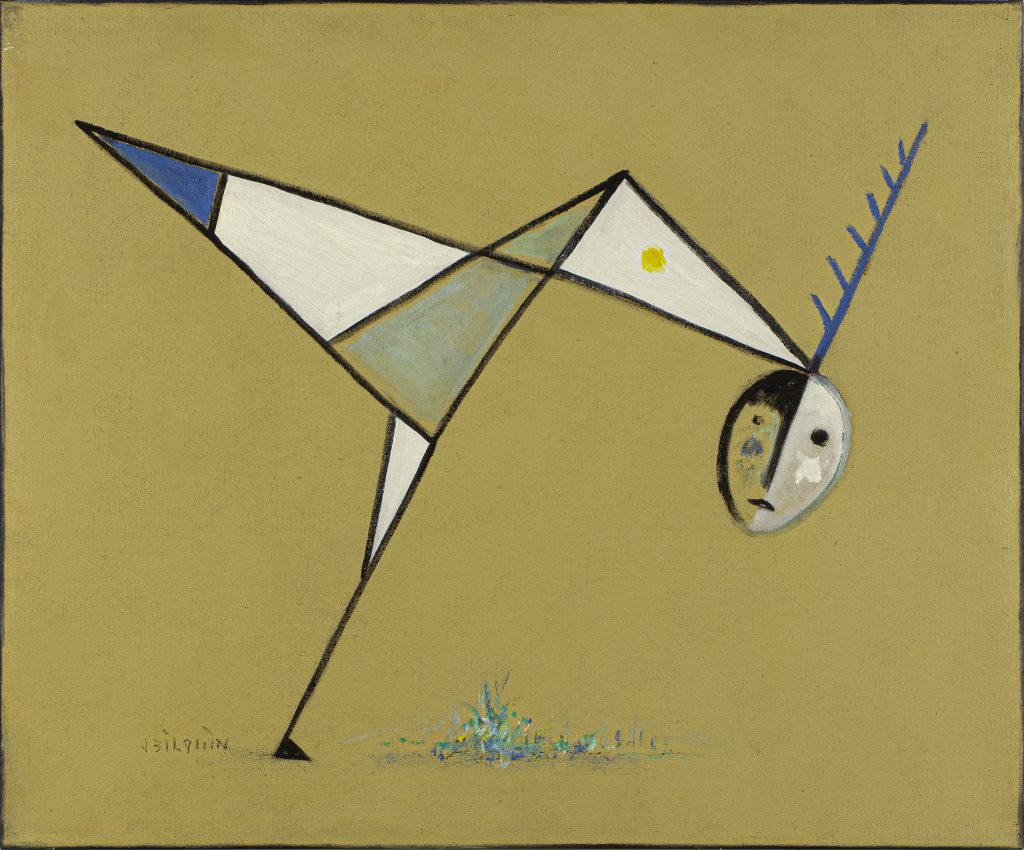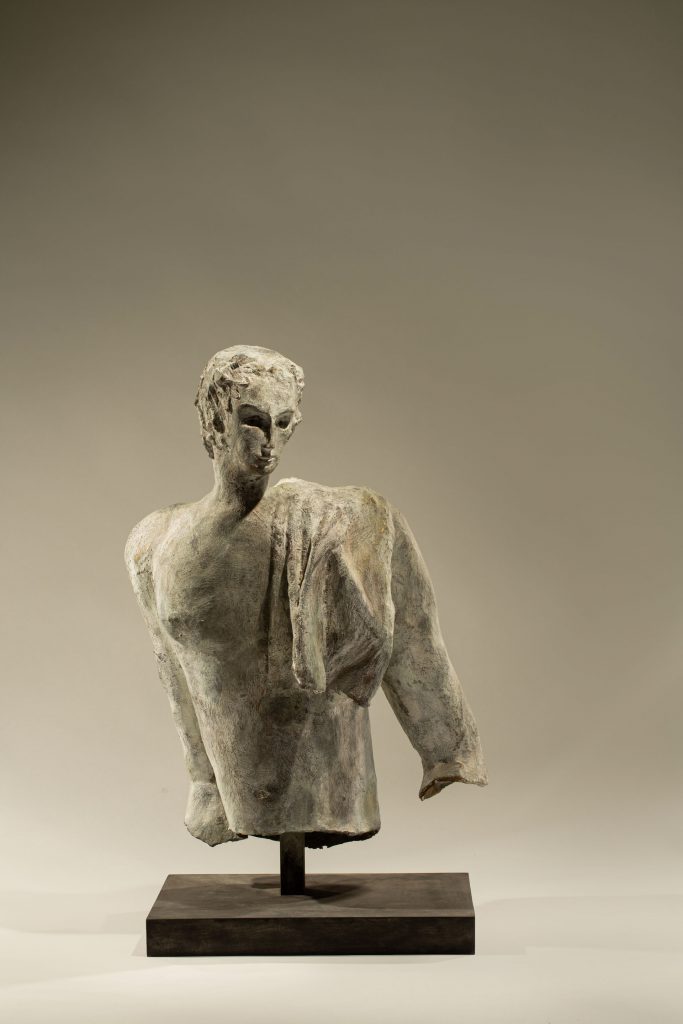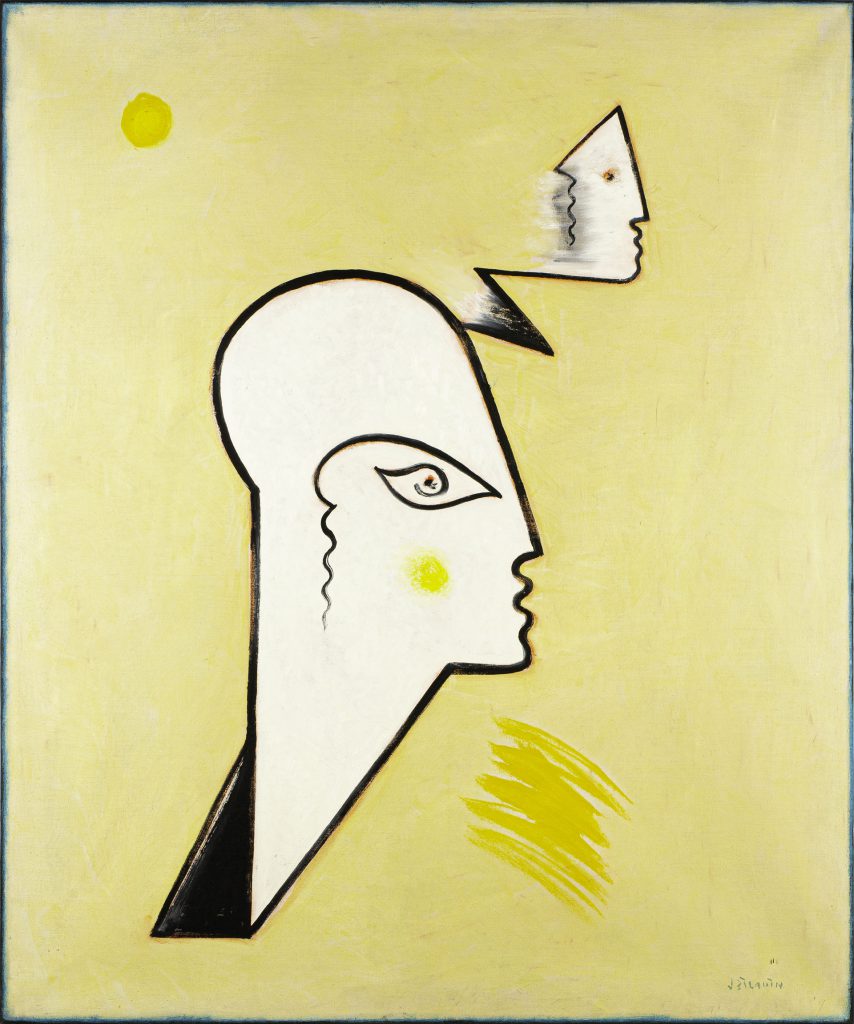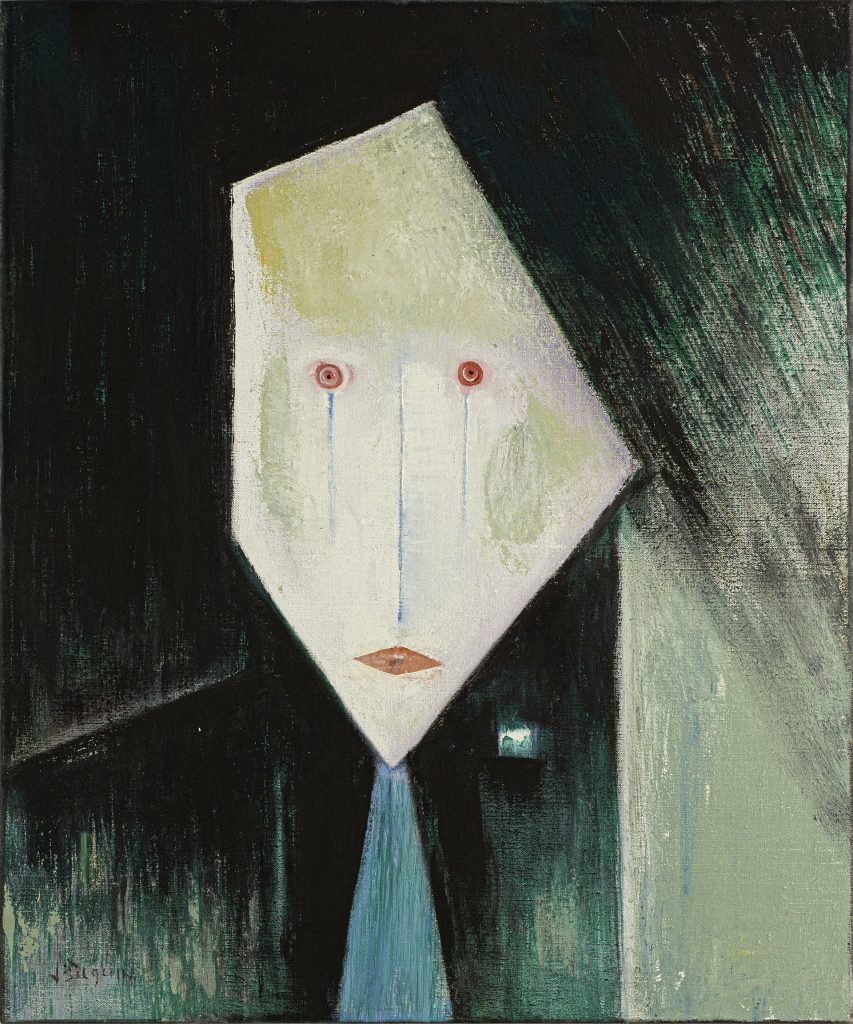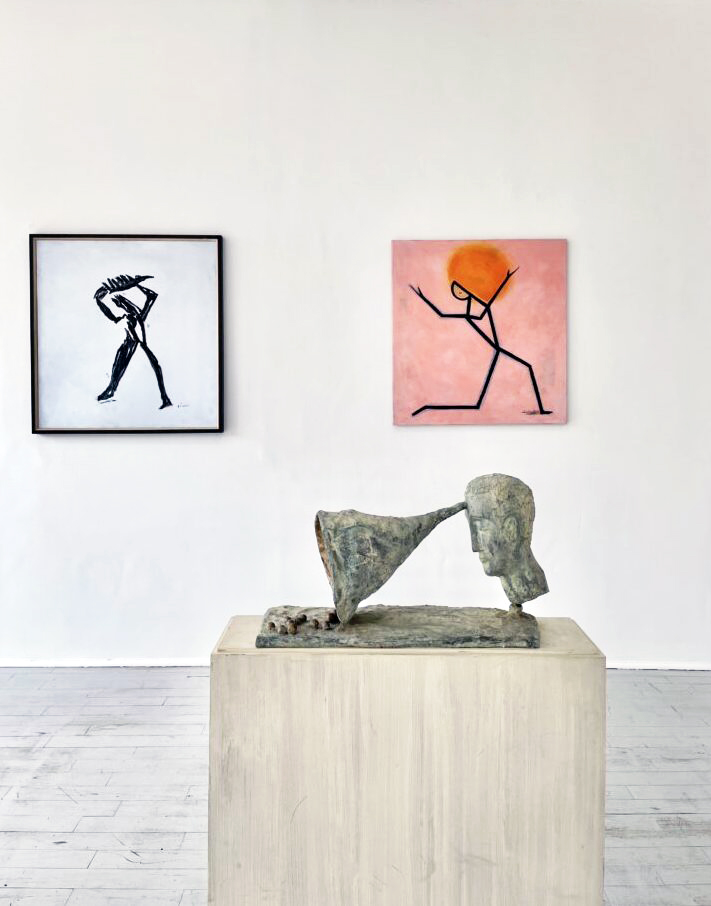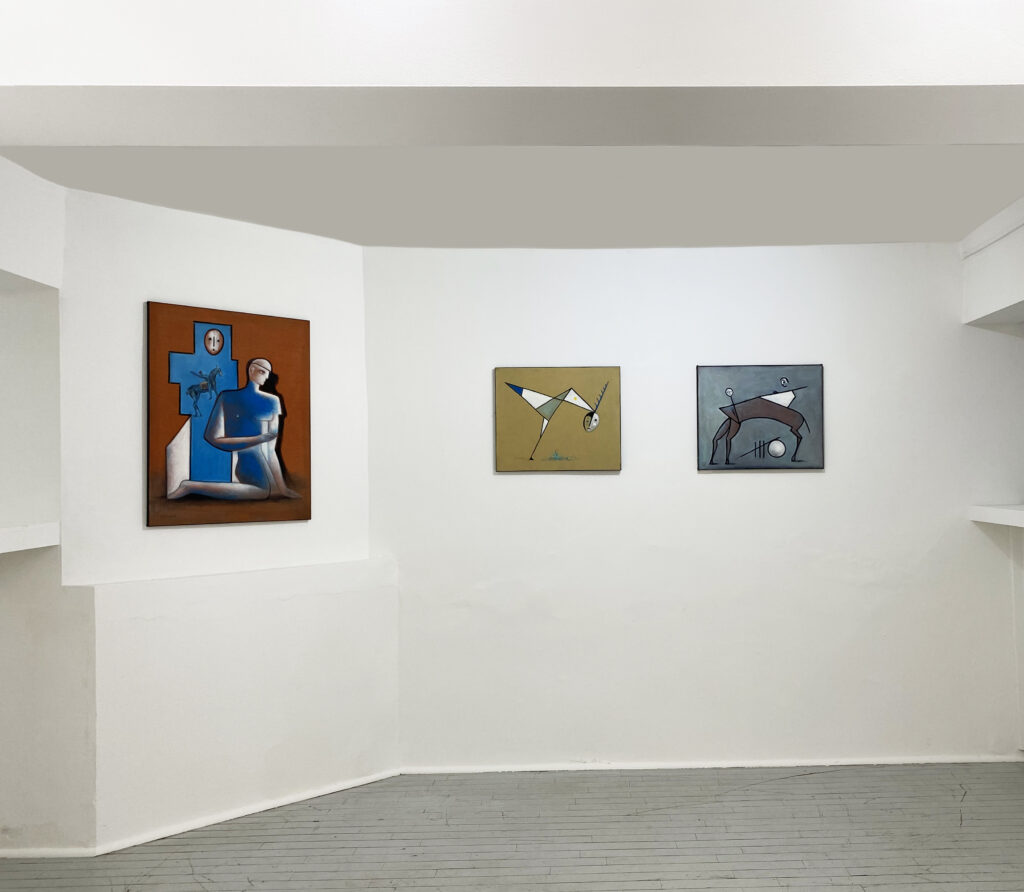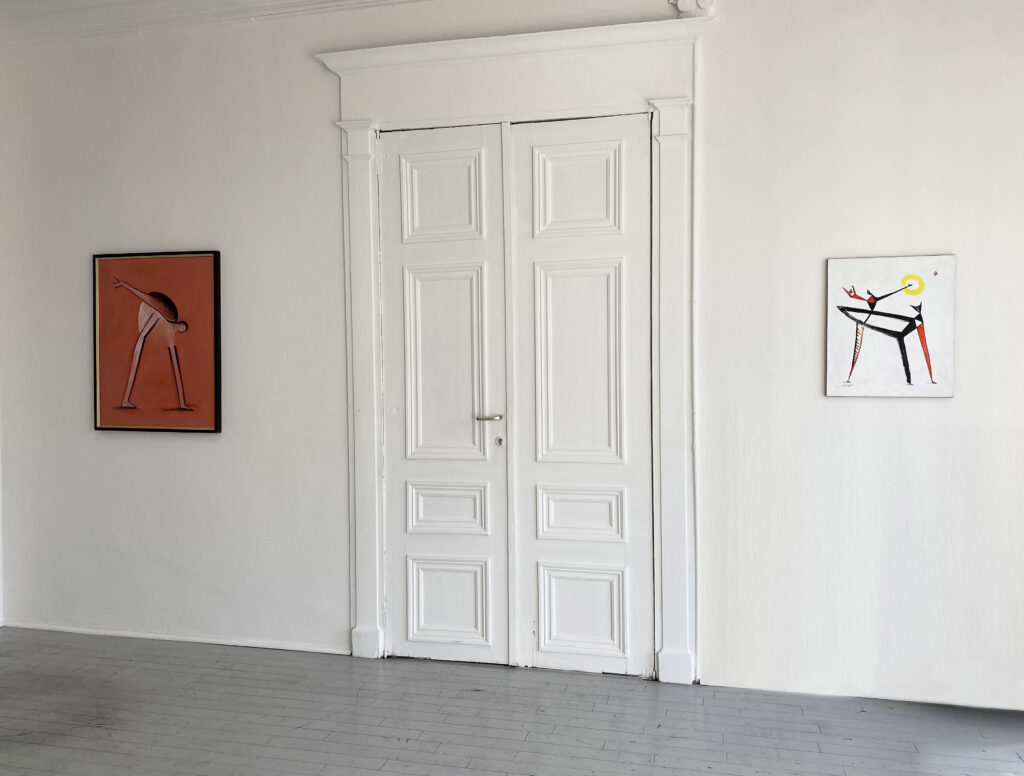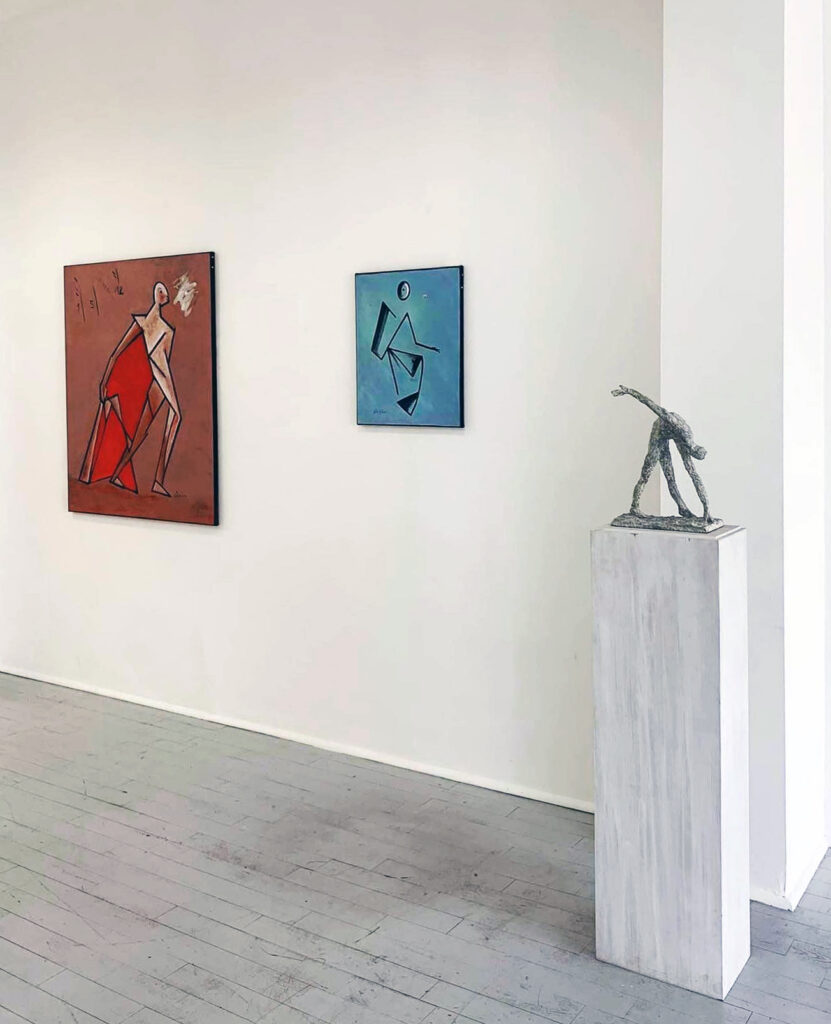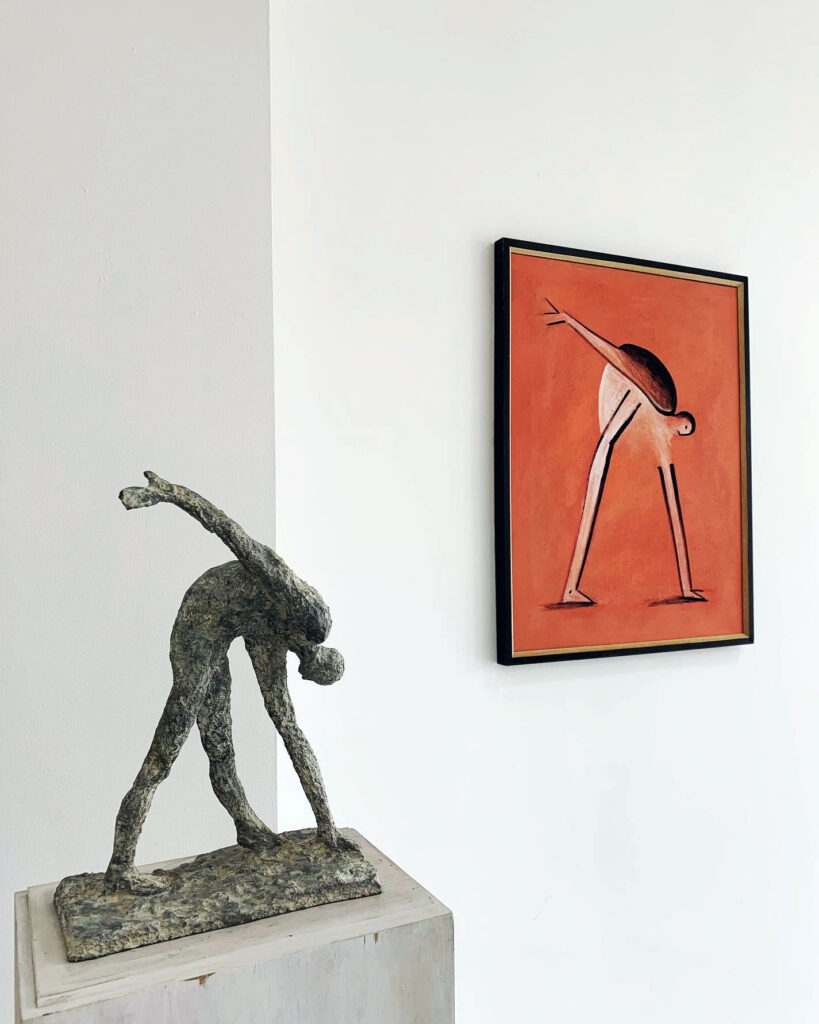Chance creates the line
04.09 - 09.10.2022
Gallery Sofie van den Bussche,
Brussels
Chance creates the line.
Always on the lookout, that’s how Jean Bilquin summarises his artistry. He is always trying to find the appropriate technique, aesthetics and the better work. The torch with which Bilquin tries to illuminate his target always illuminates the image differently, so that the artist’s approach is in constant evolution during the work process. This organic search ties in with what this exhibition of mainly new work zooms in on: how coincidence determines the line. The exploitation of coincidence applies to both Bilquin’s artistic process and his view of mankind. For this artist, neither existence nor creativity is light-hearted – and both click into each other. Coincidence and what happens to you is like an unforeseen change of track: before you know it, you are going in a different direction. Bilquin’s lines end up on the canvas following the same logic.
For Jean Bilquin, the existential side of Chance Creates the Line is very important. For him, we are collectively dependent on environments and situations over which we have little influence. Disease, natural disasters, wars, loss – everything affects life and world view, without the individual having any control over it. At best, you can scratch it, but otherwise you have to put up with the coincidences that come your way. Man is therefore rooting for a comfortable place within the unbearable, just as the artist himself does not know what the end result will bring and yet continues to work. The association comes afterwards. Bilquin’s works are therefore at once study, process and end product without end. What is interesting is worked out further.
That Bilquin emphasises people’s daily lives when he talks about his practice should come as no surprise. This artist is constantly busy with his work, which results in a natural interaction between art and life. For him, existence and art are on the same level: living is rooting and making is the same. His work is therefore a barometer of what is going on in himself and his surroundings. The artistic work process thus also serves as a way of giving a place to coincidence and what happens to you, or of holding on to memories. “At a certain moment, you have to be able to reorient yourself, otherwise you will break down. Through your work, you are busy with what is going on inside you. And your work also straightens you out afterwards,” says Jean Bilquin.
The purity of the imperfect lines of his latest paintings is striking. They were created after a very difficult period for the artist. The faces, shadows and poses suggest sadness. The figures leaning towards each other try to understand the other. We approach each other in our vulnerable struggle for support, but the question remains whether this is really possible. However important we may be to each other, you never know what kind of mental labyrinth the other is going through. This delicate balance is given a purified place in Bilquin’s work. The abstract characters build a bridge between the world of the artwork and the living world. The works show the human form as it struggles and appears between boundaries that are not its own. A whole world is carved out with few lines.
Yasmin Van ‘tveld

